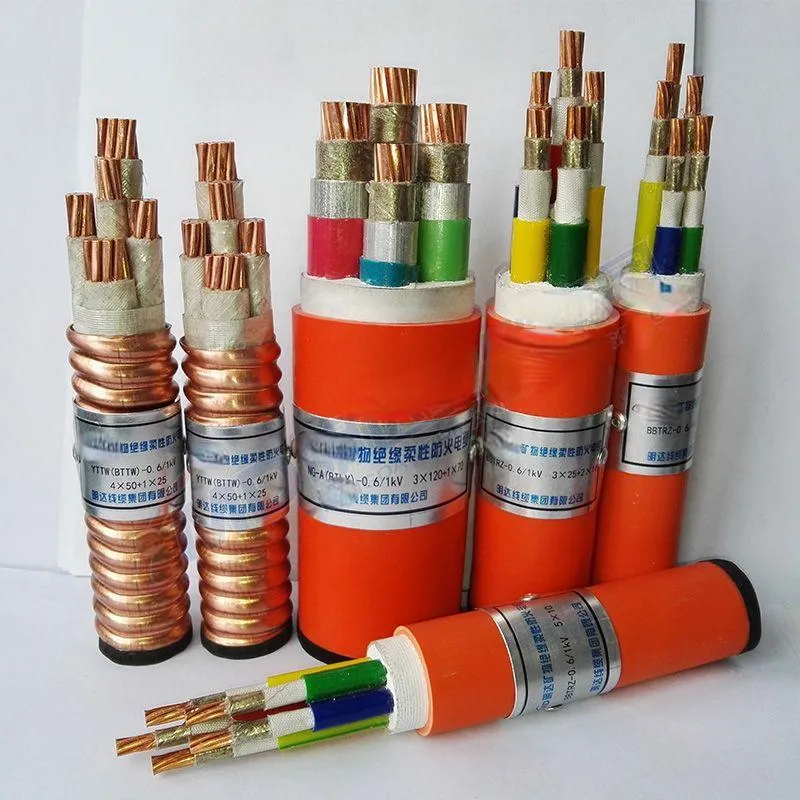វិច្ឆិកា . 27, 2024 09:18 Back to list
Single Sphere Rubber Joint Design for Enhanced Performance and Durability in Various Applications
The Role of Single Sphere Type Rubber Joints in Modern Engineering
In the landscape of contemporary engineering, the importance of reliable and flexible connections cannot be overstated. Among various connecting elements, single sphere type rubber joints have emerged as a crucial component across multiple applications. These joints, engineered from high-grade rubber materials, are specifically designed to absorb vibrations, accommodate misalignments, and provide resistance to various environmental elements. This makes them invaluable in industries such as plumbing, HVAC (Heating, Ventilation, and Air Conditioning), and even in aerospace applications.
Design and Functionality
A single sphere type rubber joint typically consists of two flanged ends connected by a flexible rubber sphere in between. The unique spherical shape allows for a certain degree of flexibility, enabling the joint to absorb shocks and vibrations generated from machinery and piping systems. This elasticity not only reduces noise but also protects sensitive equipment from potential damage caused by excess vibration.
Moreover, the single sphere design facilitates angular misalignment. In many industrial applications, piping systems are often subject to shifts due to thermal expansion, shifts in earth ground, or mechanical processes. Traditional joints might fail under such conditions, leading to leaks or ruptures. The flexibility of single sphere rubber joints helps to alleviate this issue by allowing for a range of motion while maintaining a solid connection, making them a reliable choice for dynamic systems.
Applications
Single sphere type rubber joints find extensive applications across various fields. In plumbing systems, they are often used to connect lengths of pipe, especially where movement can occur, such as between a pump and a pipe. Their ability to absorb shock helps in prolonging the life of the installation while minimizing maintenance needs.
In HVAC systems, these joints are critical for ensuring that air and fluid transport remains consistent, despite the natural movements within the system. They can help in mitigating the sound produced by airflow or fluid motion, thereby creating a much more comfortable environment in commercial settings.
single sphere type rubber joint

Furthermore, in the aerospace industry, single sphere type rubber joints are employed in fuel and hydraulic lines, where flexibility and resilience against harsh temperatures and chemicals are paramount. Their robust design can withstand various pressures and environmental conditions, making them suited for even the most demanding applications.
Advantages
The advantages of single sphere type rubber joints extend beyond flexibility and vibration absorption. They are lightweight compared to traditional metal joints, which can significantly reduce the overall weight of a piping system—a crucial factor in fields such as aerospace where weight savings translate directly to fuel efficiency and performance.
They also exhibit resistance to corrosion and loss of structural integrity over time. This makes them particularly advantageous in applications involved with water, chemicals, or aggressive conditions, ensuring longevity and reliability in operation.
Additionally, installation is generally straightforward. Unlike rigid couplings or flanged joints that may necessitate complex setups, rubber joints can often be installed quickly with minimal tools, thus reducing labor costs and downtime.
Conclusion
In a world increasingly focused on efficiency and sustainability, the use of single sphere type rubber joints represents a modern solution to age-old challenges in engineering. Their ability to absorb vibrations, accommodate misalignments, and resist environmental factors confirms their role as a vital component in various industrial applications. As technology continues to advance, the evolution of materials and engineering designs will likely lead to even greater innovations in the functionality and application of rubber joints, thereby enhancing their importance in future engineering projects. In conclusion, these joints encapsulate the essence of modern engineering—flexibility, reliability, and efficiency.
Share
-
Reliable Wafer Type Butterfly Valves for Every IndustryNewsJul.25,2025
-
Reliable Flow Control Begins with the Right Ball Check ValveNewsJul.25,2025
-
Precision Flow Control Starts with Quality ValvesNewsJul.25,2025
-
Industrial Flow Control ReliabilityNewsJul.25,2025
-
Engineered for Efficiency Gate Valves That Power Industrial PerformanceNewsJul.25,2025
-
Empowering Infrastructure Through Quality ManufacturingNewsJul.25,2025